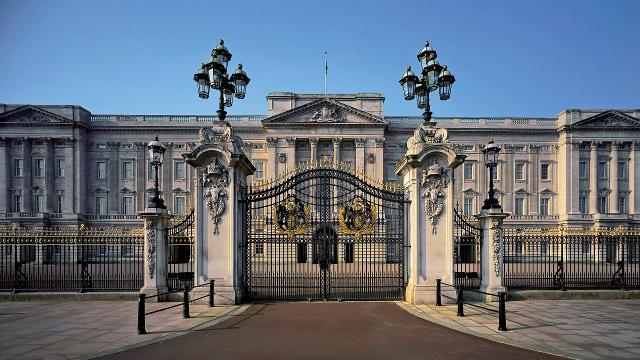
Last Updated on by Sabina
Introduction
Buckingham Palace, an iconic symbol of British heritage and the official residence of the monarch. Stands as a testament to the rich history and grandeur of the United Kingdom. Located in the heart of London, this architectural marvel has become a significant tourist attraction.
Captivating visitors from around the globe. In this article, we delve into the captivating world of Buckingham Palace. Exploring its history, remarkable features, and the role it plays in the cultural fabric of the United Kingdom.

Historic Legacy
Origins and Evolution
Buckingham Palace has a storied past that dates back to the early 18th century. Originally known as Buckingham House, it was built for the Duke of Buckingham in 1703. Over the years, various monarchs have expanded and transformed the residence into the magnificent palace we see today.
King George IV, Queen Victoria. And subsequent monarchs made significant contributions to its architectural development, creating a blend of neoclassical, Georgian, and Victorian styles.
Royal Residency
Since 1837, Buckingham Palace has served as the official residence of the British monarch. While it primarily functions as a working palace, hosting various ceremonial and state events. It is also home to the monarch’s private quarters.
The palace boasts an impressive 775 rooms, including lavish state rooms, reception halls, and the majestic Throne Room, where significant royal ceremonies take place.
Architectural Marvels
Grand Facade and Exterior
The grandeur of Buckingham Palace is evident from its breathtaking facade. The iconic balcony, from which the royal family greets the public on momentous occasions, has witnessed historic events and joyous celebrations.
The palace’s neoclassical architecture, adorned with intricate details and elegant sculptures, showcases the craftsmanship and artistic prowess of the time.
Magnificent State Rooms
Visitors fortunate enough to explore Buckingham Palace during its annual summer opening are treated to the splendor of the State Rooms.
These opulent spaces, including the Grand Staircase, the White Drawing Room, and the Green Drawing Room, are adorned with priceless artworks, ornate chandeliers, and luxurious furnishings. The State Rooms offer a glimpse into the world of royal ceremonies, diplomatic receptions, and official functions.
The Changing of the Guard
Iconic Tradition
One of the most anticipated spectacles at Buckingham Palace is the Changing of the Guard ceremony. This time-honored tradition involves the formal handover of responsibilities between the Old Guard and the New Guard.
Accompanied by stirring music from the military bands, this vibrant display of precision, marching, and uniformed splendor attracts crowds of visitors and showcases the pageantry that surrounds the monarchy.
Symbolism and Importance
The Changing of the Guard represents the continuity and stability of the British monarchy. It signifies the protection of the sovereign and serves as a reminder of the historical role played by the Queen’s Guard. The ceremony, steeped in tradition and military discipline, is a visual testament to the strong heritage and symbolic significance of Buckingham Palace.
Cultural Significance
Tourist Attraction
Buckingham Palace has become an iconic tourist destination, drawing millions of visitors each year. The palace’s State Rooms, which are open to the public for a limited period, offer a rare opportunity to witness the grandeur and elegance of the royal residence.
The palace gardens, spanning 39 acres and featuring pristine lawns, stunning flower beds, and serene lakes, provide a tranquil escape from the bustling city.
National Events and Celebrations
Beyond its role as a residence and tourist attraction, Buckingham Palace serves as the backdrop for significant national events and celebrations. From royal weddings and jubilees to balcony appearances during momentous occasions, the palace becomes a focal point for national pride.



Leave a Reply